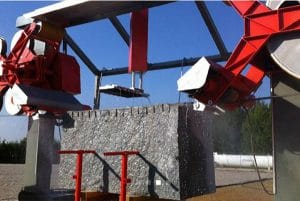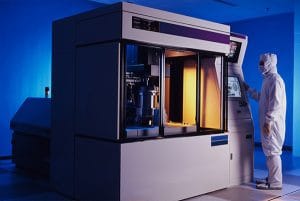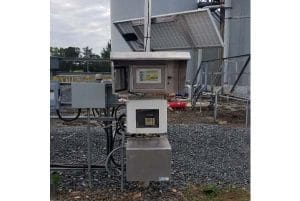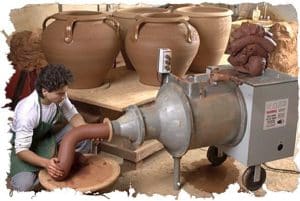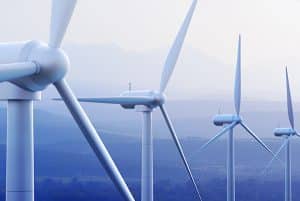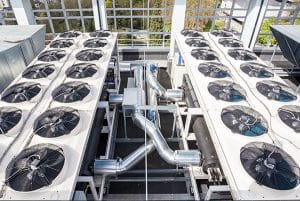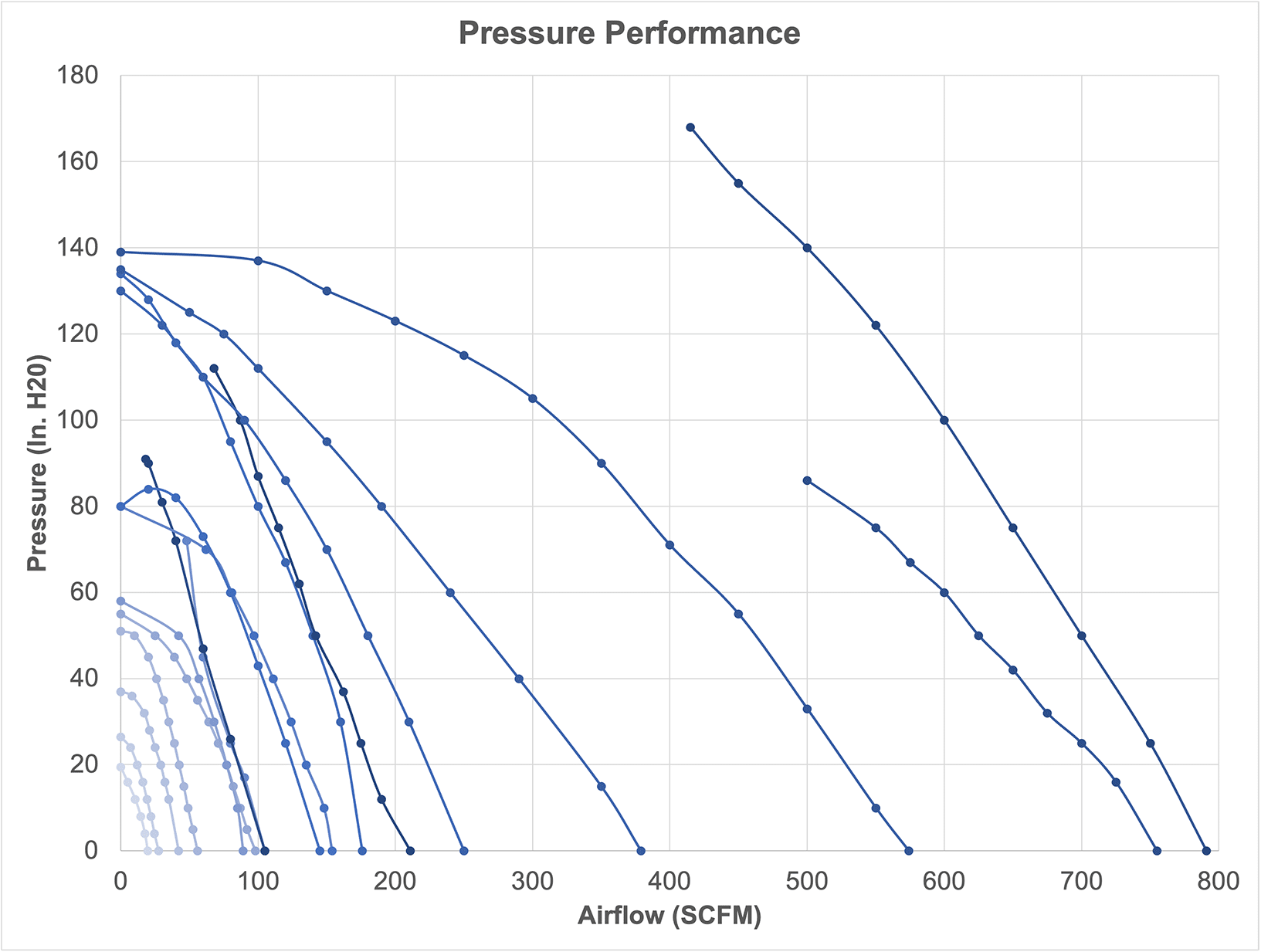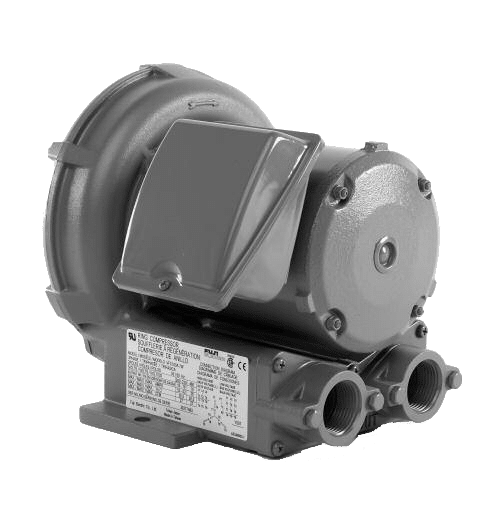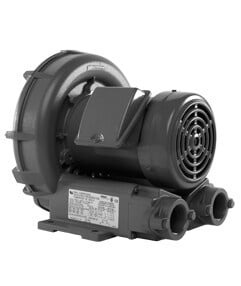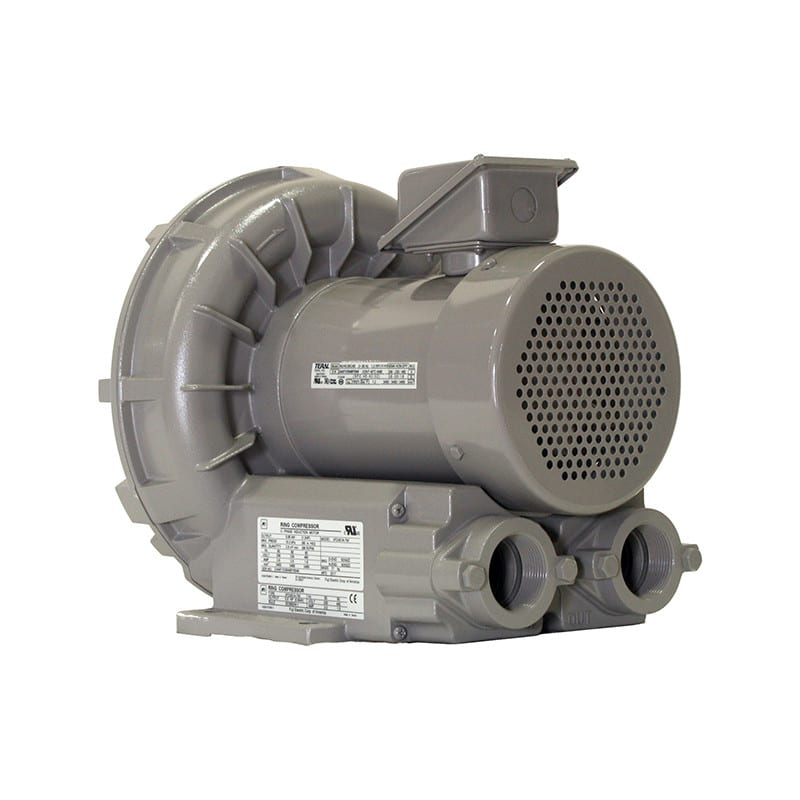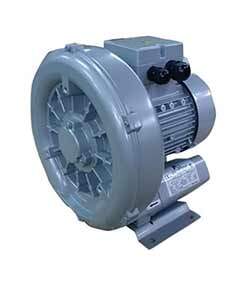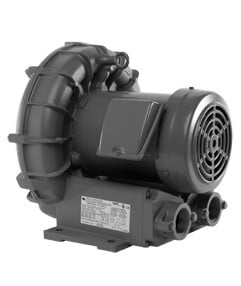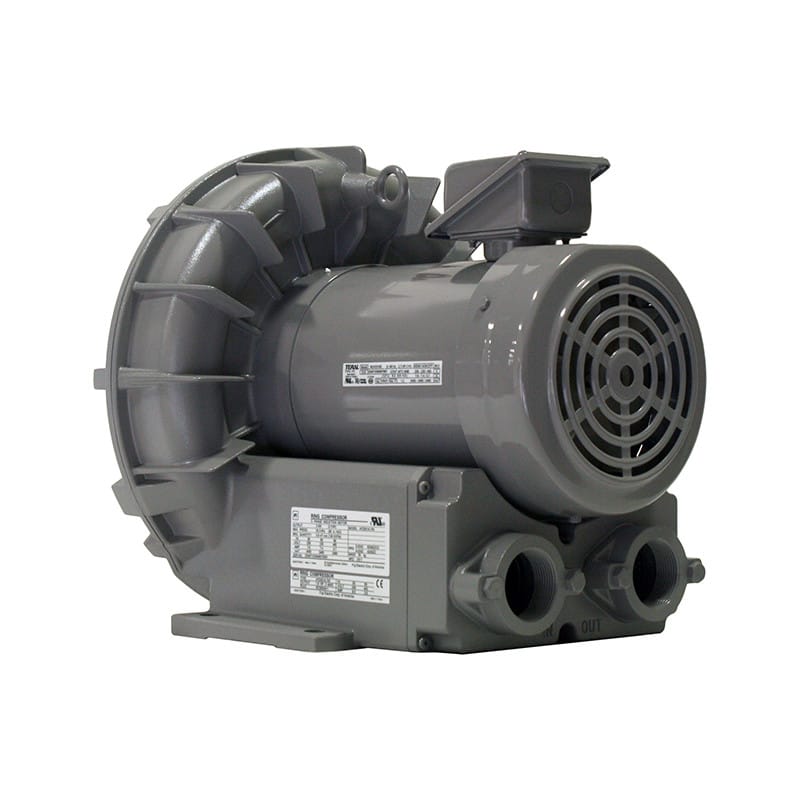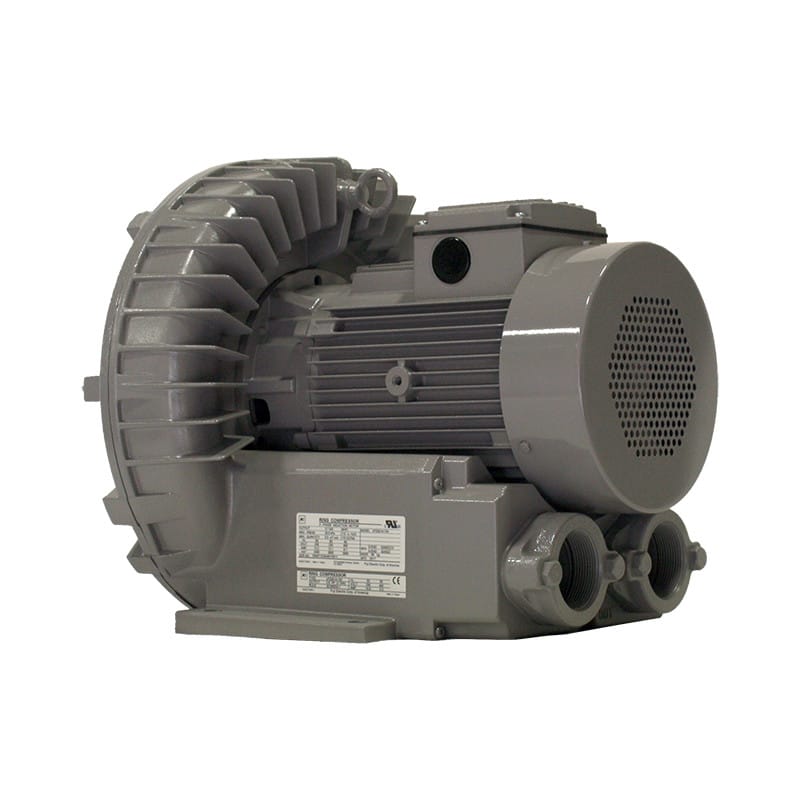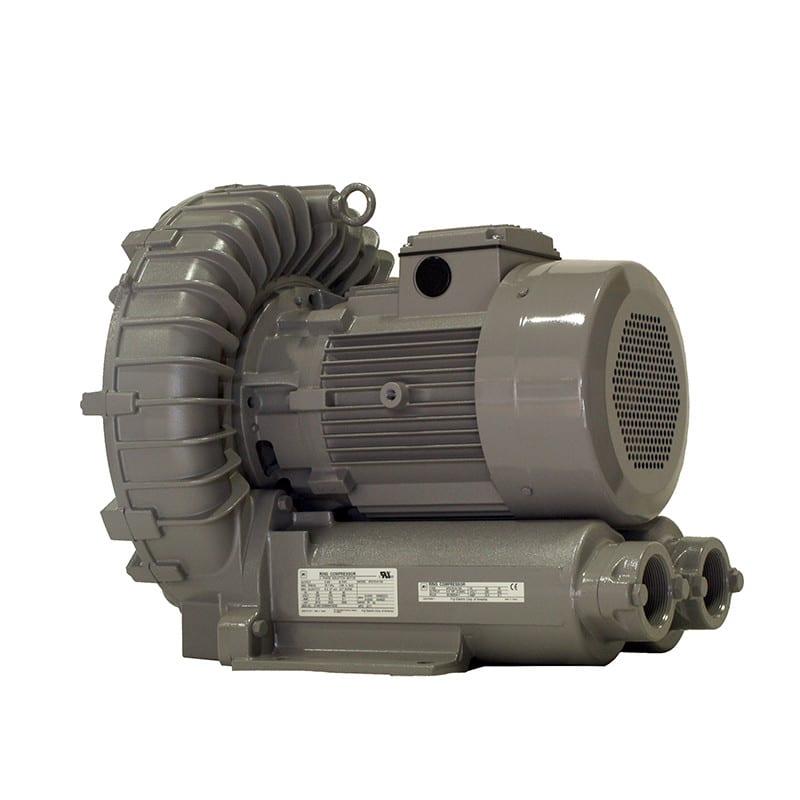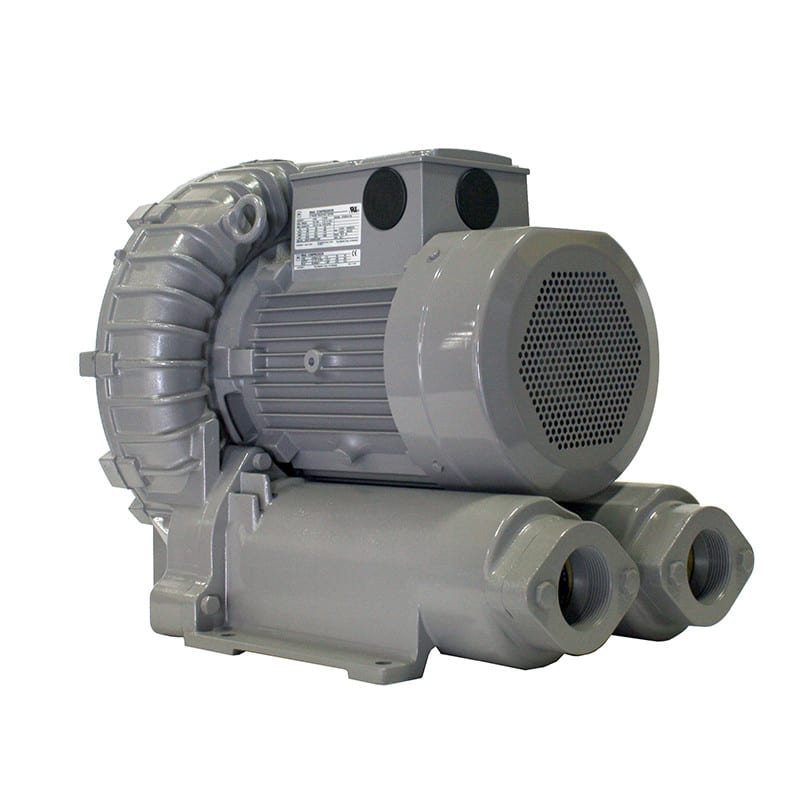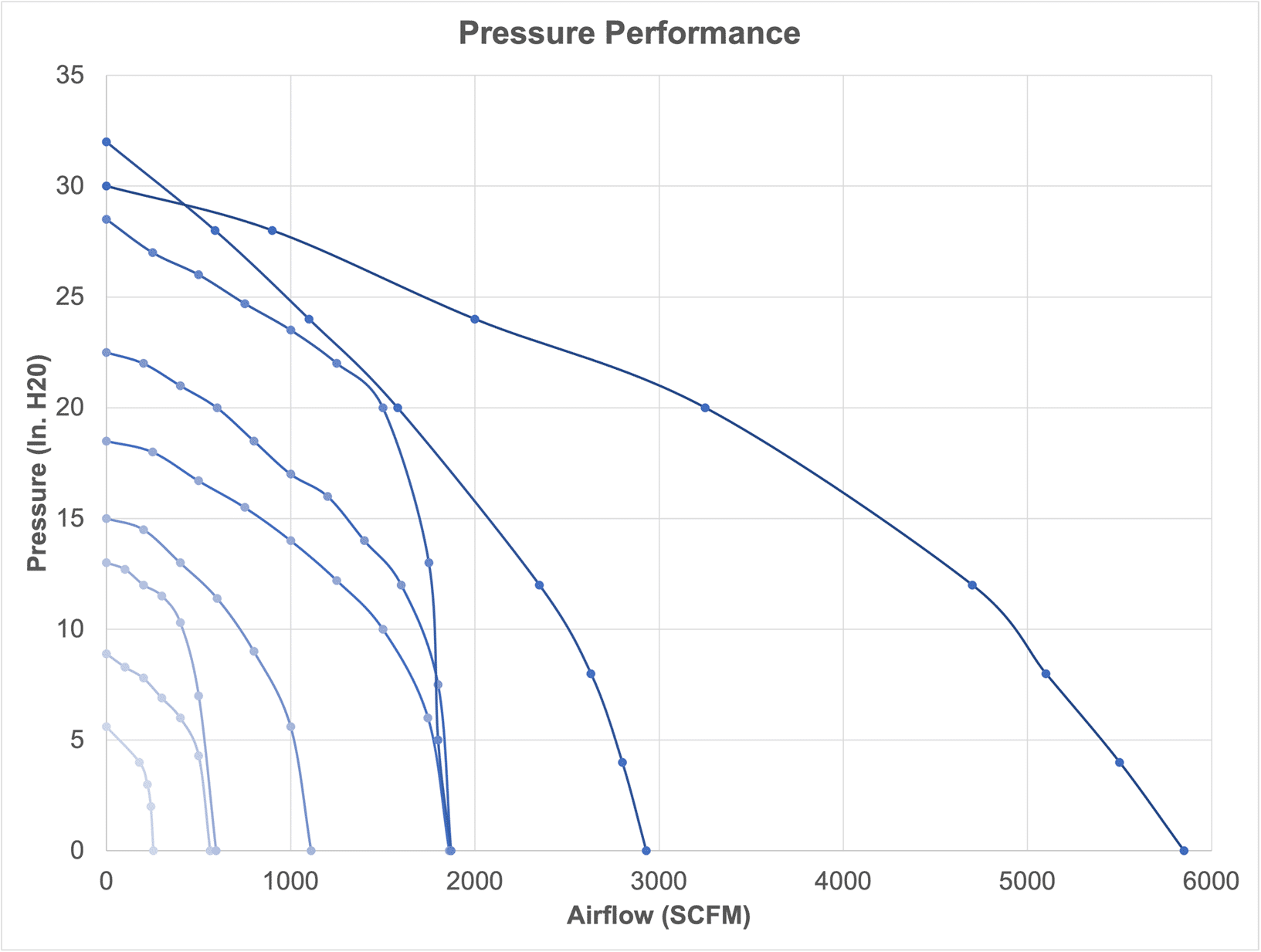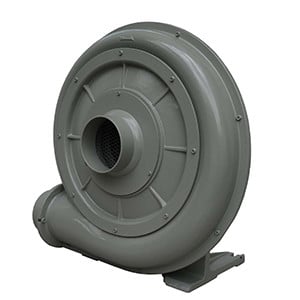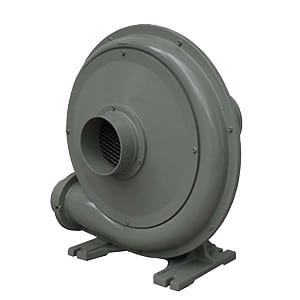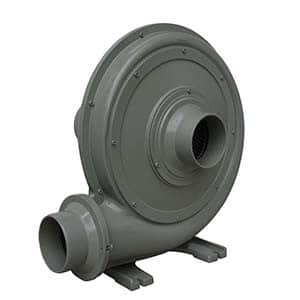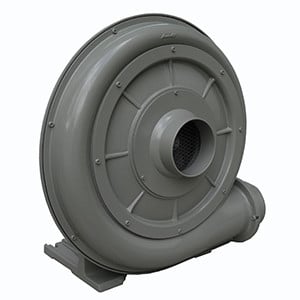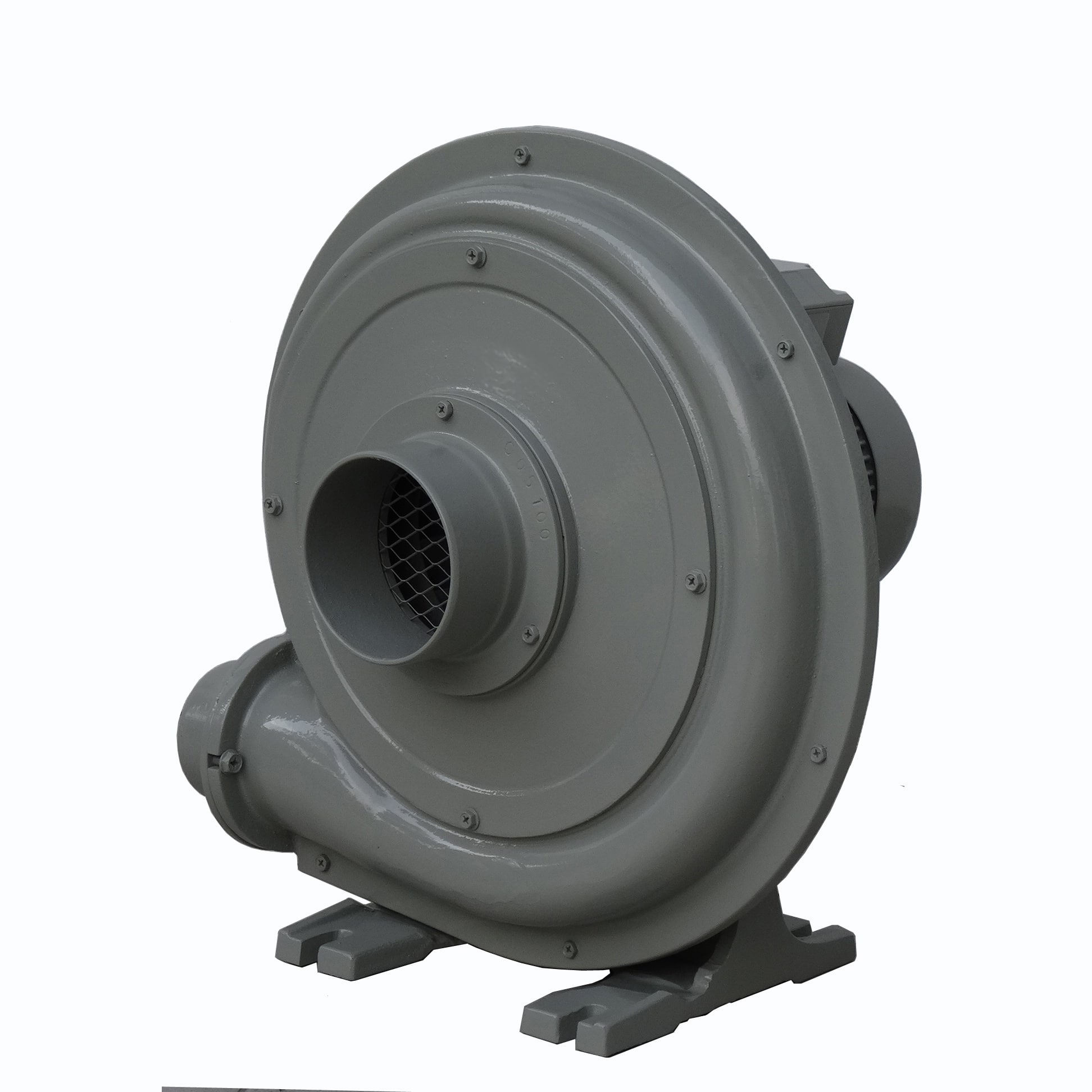Power MOSFETs (Metal-Oxide-Semiconductor Field-Effect Transistors) are semiconductor devices widely used in power electronics for various applications, including power supplies, motor drives, voltage regulators, and amplifiers.
Here are some key characteristics of power MOSFETs:
- Voltage-Controlled Device:
- Power MOSFETs are voltage-controlled devices. The gate terminal voltage determines the conductivity between the source and drain terminals.
- Three Terminals:
- Like other MOSFETs, power MOSFETs typically have three terminals: gate (G), source (S), and drain (D).
- Operating Principle:
- When a voltage is applied to the gate terminal, an electric field is generated, creating a channel for current flow between the source and drain terminals. The conductivity of this channel is controlled by the applied gate voltage.
- On-State Resistance (Rdson):
- Power MOSFETs exhibit low on-state resistance (Rdson) when conducting, which leads to reduced conduction losses and increased efficiency in power electronic systems.
- Blocking Voltage (Vds):
- Power MOSFETs are designed to handle a specific blocking voltage (Vds) across the drain and source terminals. The maximum voltage rating is a crucial parameter for selecting the right MOSFET for a particular application.
- Gate Threshold Voltage (Vth):
- The gate threshold voltage is the minimum voltage required to turn the MOSFET on. It is an important parameter in determining the MOSFET’s operating conditions.
- Gate Drive Voltage (Vgs):
- The gate drive voltage is the voltage applied between the gate and source terminals to turn the MOSFET on. Proper gate drive is essential for achieving optimal switching performance.
- Gate Charge (Qg):
- Gate charge refers to the total electric charge required to turn the MOSFET on or off. It is a critical parameter for evaluating the switching characteristics of the MOSFET and influences the gate drive requirements.
- Switching Speed:
- Power MOSFETs have relatively fast switching speeds compared to other power devices like IGBTs (Insulated Gate Bipolar Transistors). This characteristic makes them suitable for high-frequency applications.
- Body Diode:
- Power MOSFETs inherently have a parasitic body diode between the source and drain terminals. This diode conducts when the MOSFET is reverse-biased, providing a path for the reverse current.
- Temperature Dependence:
- The performance of power MOSFETs is influenced by temperature. The temperature coefficient of various parameters, such as threshold voltage and on-state resistance, is an important consideration in the design of power electronic systems.
- Package Types:
- Power MOSFETs come in various package types, such as TO-220, TO-247, and surface-mount packages. The choice of package depends on factors like thermal performance and space constraints.
Understanding these characteristics is crucial for selecting the right power MOSFET for a specific application and designing efficient and reliable power electronic systems. Designers need to consider parameters like on-state resistance, voltage ratings, switching speed, and thermal performance to optimize the performance of their circuits.








